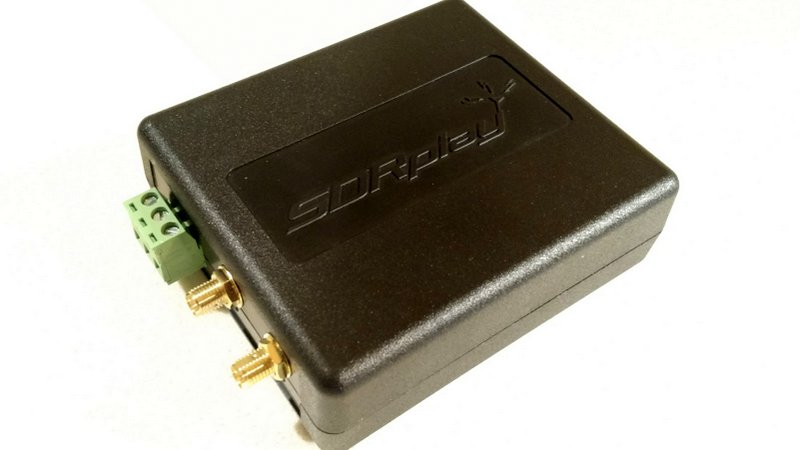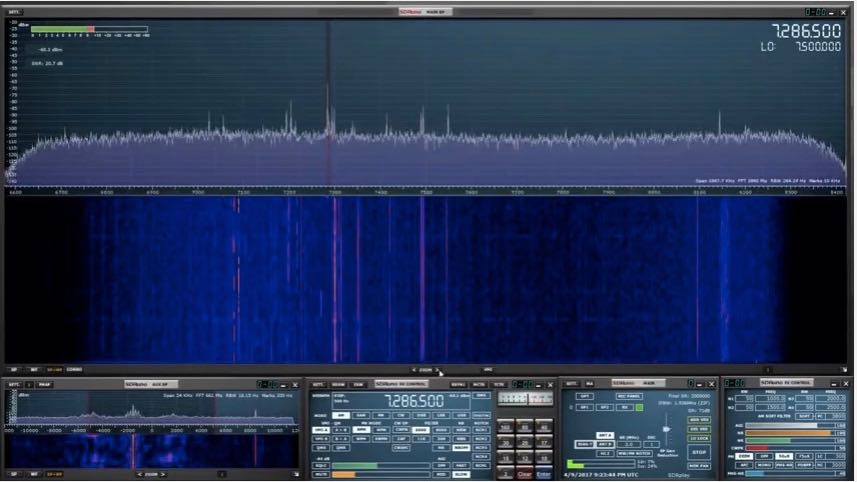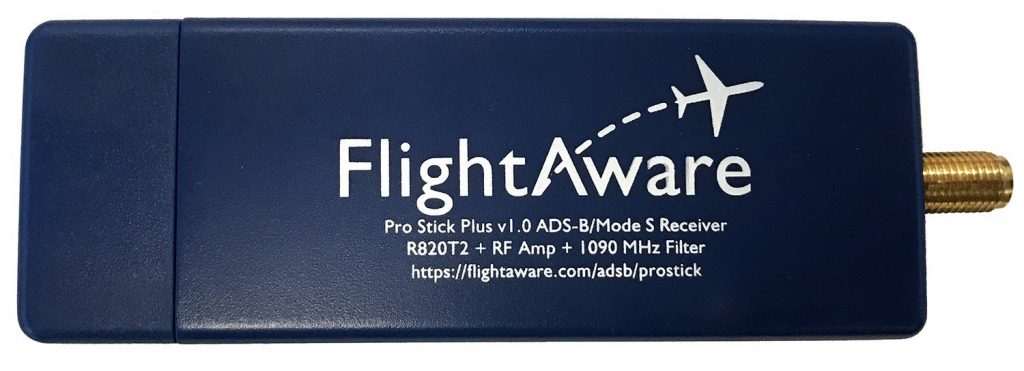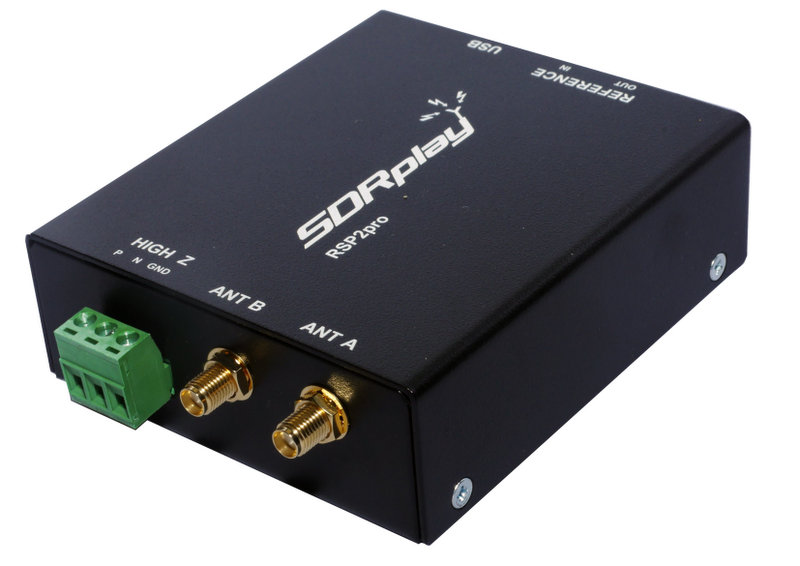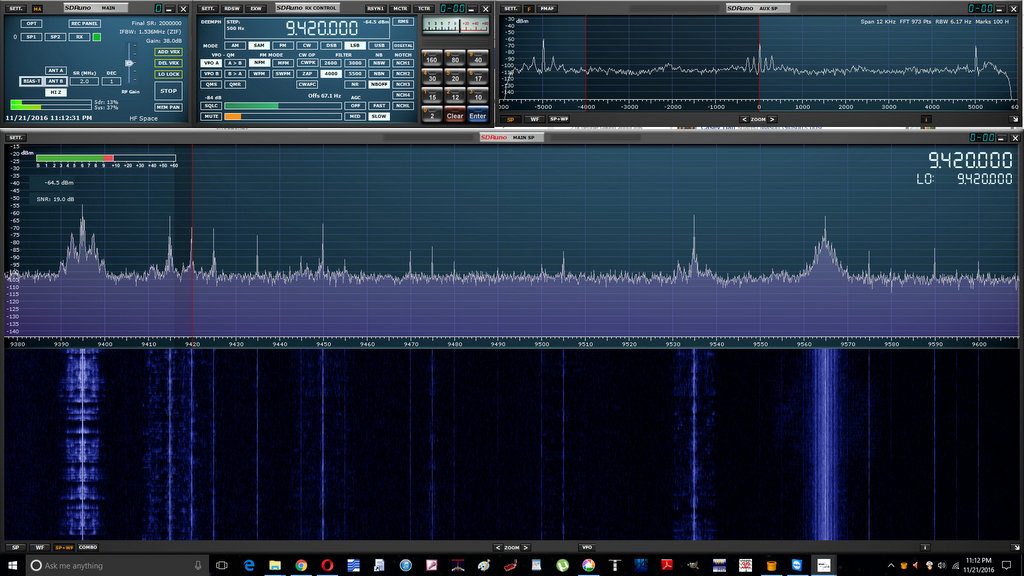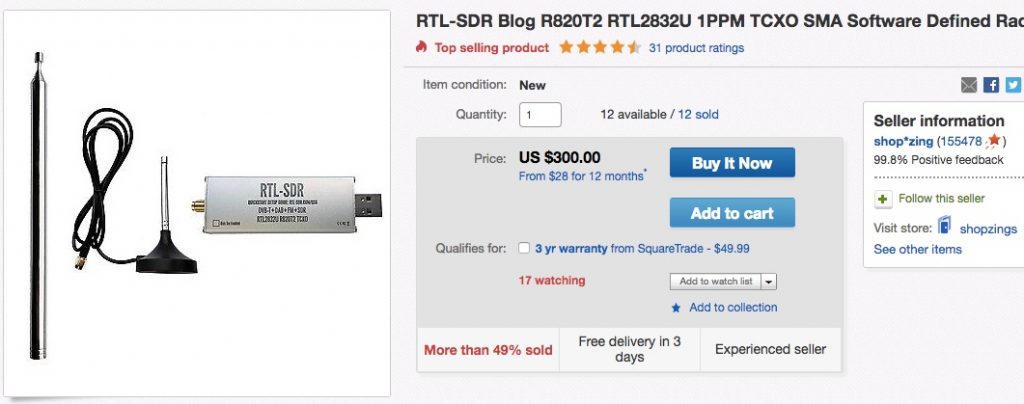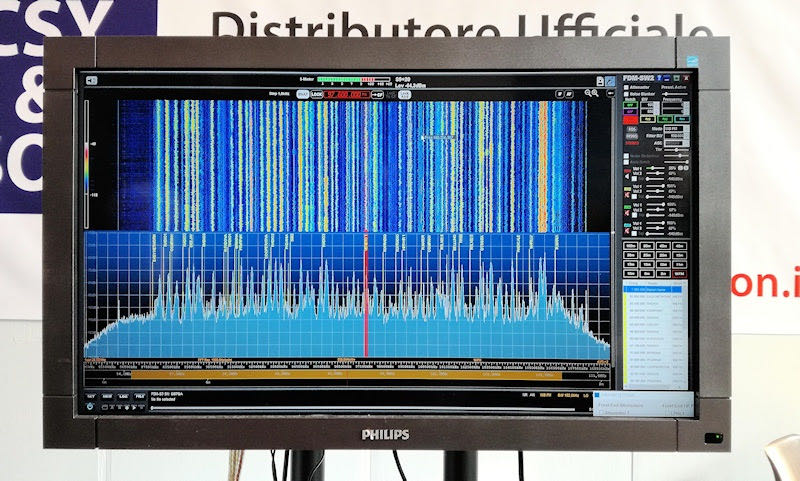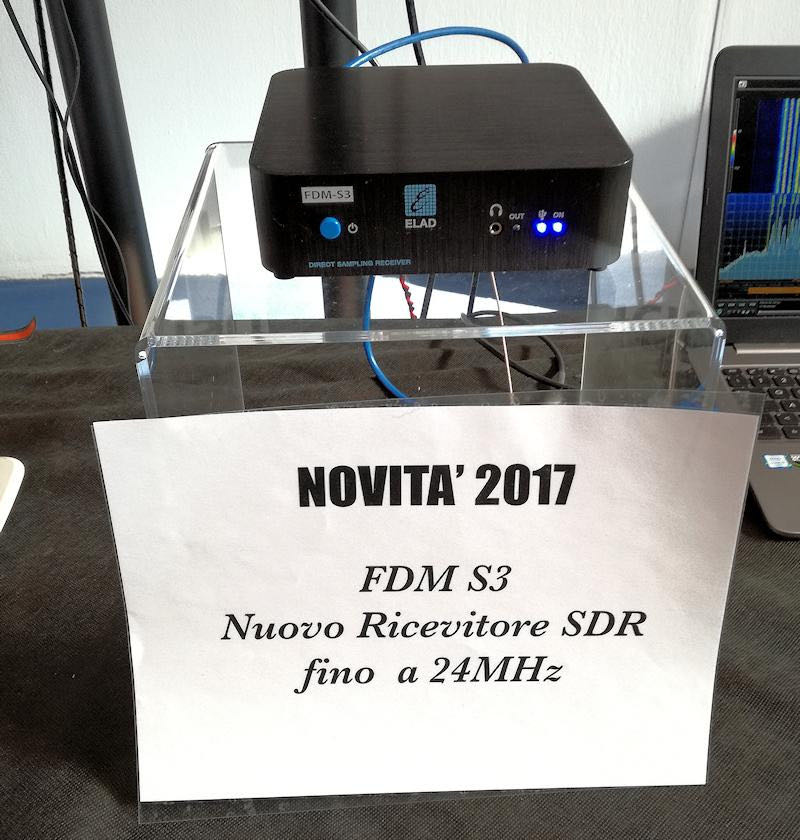Many thanks to Jon Hudson with SDRplay who recently shared the following video by Kevin Loughin which details the installation and operation of of the RSP2 on Linux. Kevin has written scripts that make the installation process more accessible to those not as familiar with Linux.
According to Kevin, this will run on Ubuntu 16.04 and other Debian-based Linux distributions.
Check out Kevin’s video below (or on YouTube). Kevin also published a step-by-step guide on his blog.
Click here to view on YouTube.
Click here to read step-by-step instructions on Kevin’s blog.

